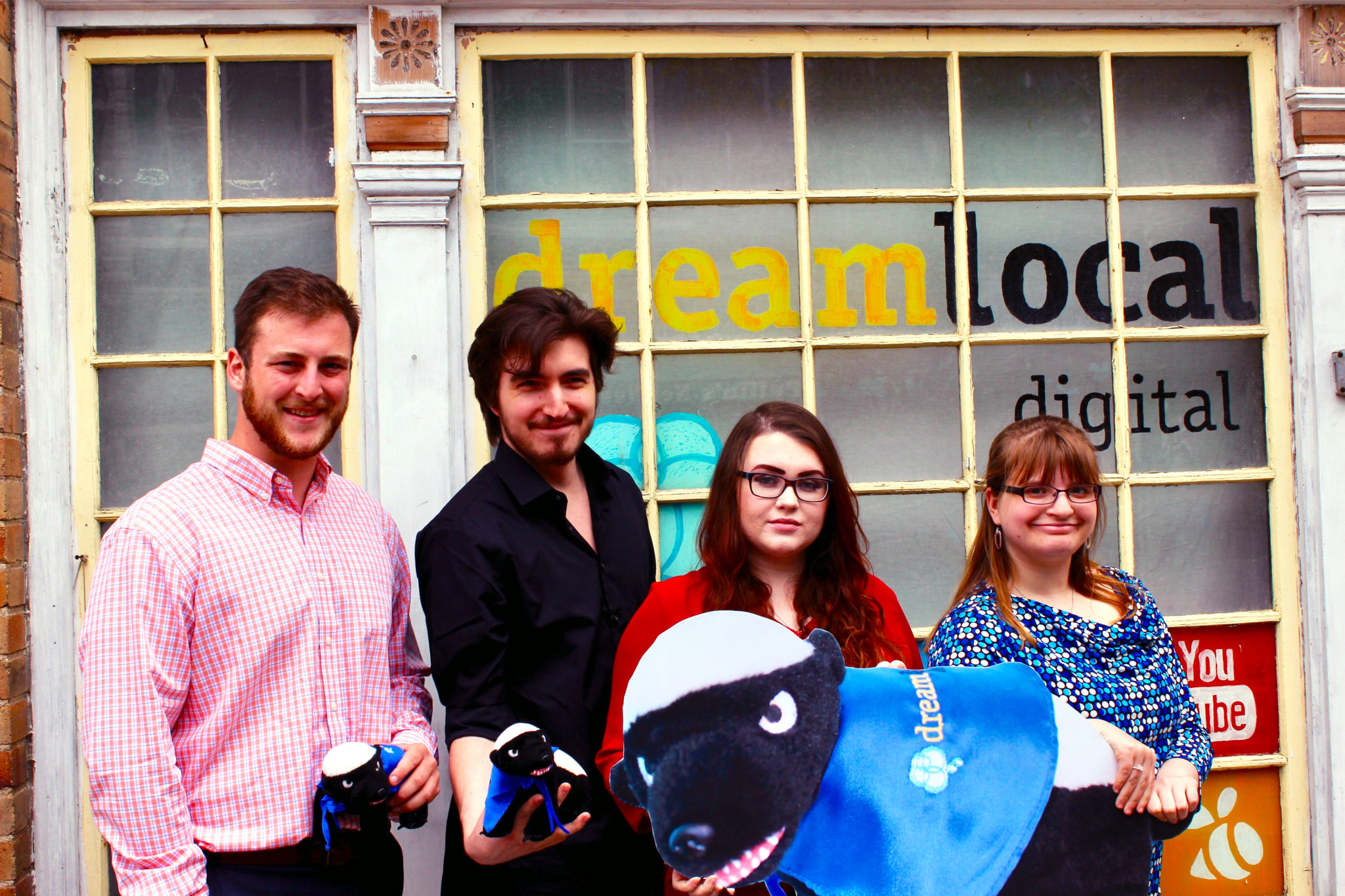What Would Google Do? Innovation and Disruption in the Media

How news is consumed is changing.
This was originally posted by The Inland Press Association
Yeah, everybody knows that, but it’s not as simple as moving from print to digital. More and more, people are learning about news events through social media such as Facebook or Twitter.
Who are disruptive companies?
Those that examine their projects and workforces, and assessing them on an embracing change/resisting change spectrum. Those that force change, and aggressively identify and pursue opportunities. The time for talk is over; the time for action has been here for a while.
Those pure-plays? They’re not intimidated by you. “They don’t think, ‘Oh, look at that great brand they have’ or ‘They have so many salespeople and we just have a few.’”
Disruption faced by newspaper advertisers
Before 2008, an advertiser was in a pretty simple situation. They were approached by about eight reps a months, such as newspapers, broadcast or Yellow Pages. Now your advertiser is approached by an average of 39 sales reps every month.
Pure-plays don’t share well with others.
In 2013 legacy media–think newspapers–were getting about 52% of local digital revenue. In mid-2016–two years ahead of Borrell Associates’ prediction that digital pure-plays would dominate–online-only pure-plays are getting 75% of local digital share.
Some disruption musts, by department:
- Editorial: Video has become extremely important. The newsroom needs to be very conscious of engagement, not worrying about how that engagement comes abut
- Advertising: Focus is very important, and if a salesperson is torn between print and digital, you won’t capture the future. Consultative selling is critical-but takes new and critical skills.
- Circulation: Focus on audience growth, not just print copies.
- Technology: Think mobile-first!
- Big picture: As you move to specific disruption strategies, first, think Big Picture, re-thinking your business model, and even your value proposition. What you’re doing is not creating newspapers or doing journalism. Instead, you’re informing your audience, connecting your community and connecting consumers with advertisers.
The buzz from BuzzFeed
The way they approach content is to ensure that it is created so it can be shared virally. Three key traffic drivers: Information (didn’t know that!), “emotional gift” (this made me feel like X; I’d like to share) and identity (content that reflects the readers’ self-image).
This is the (digital) place
The Deseret News approach: Very mission-driven, recognizing that they’re not competing against other media companies. Their mission statement: “Be the trusted voice of light and knowledge, reaching hundreds of millions of people worldwide.” Content revolves around six core themes: family, financial responsibility, education, family media (rating movies), faith matters and great causes.
Revenue diversity at McClatchy
In 2008, 63% of revenue came from print. By the first quarter of 2015, the ratio had flipped, with 67% coming from digital. One McClatchy motto: “We are a digital company managing a legacy business–not the other way around.”
Shannon Kinney said it: “We are a lot more in love with how we do things than our advertisers are.” Advertisers just want the cash register to ring and don’t care how we help them do that.
Want to contact Shannon Kinney and Dream Local Digital? Contact her at [email protected] or 207.975.2115. She tweets @shannonkin and @dreamlocal.
[ult_buttons btn_title=”Contact Us Today!” btn_link=”url:https%3A%2F%2Fdreamlocal.com/contact/|||” btn_align=”ubtn-center” btn_size=”ubtn-block” btn_title_color=”#ffffff” btn_bg_color=”#00b5e9″ btn_bg_color_hover=”#6acce8″ btn_title_color_hover=”#ffffff” icon=”none” icon_size=”32″ btn_icon_pos=”ubtn-sep-icon-at-right” btn_font_family=”font_family:Roboto Slab|font_call:Roboto+Slab|variant:regular” btn_font_style=”font-weight:normal;font-style:normal;” el_class=”side-bar-button”]Newsletter Signup
Stay up to date on the latest digital marketing news, updates, and more. Sign up to receive our newsletter!




